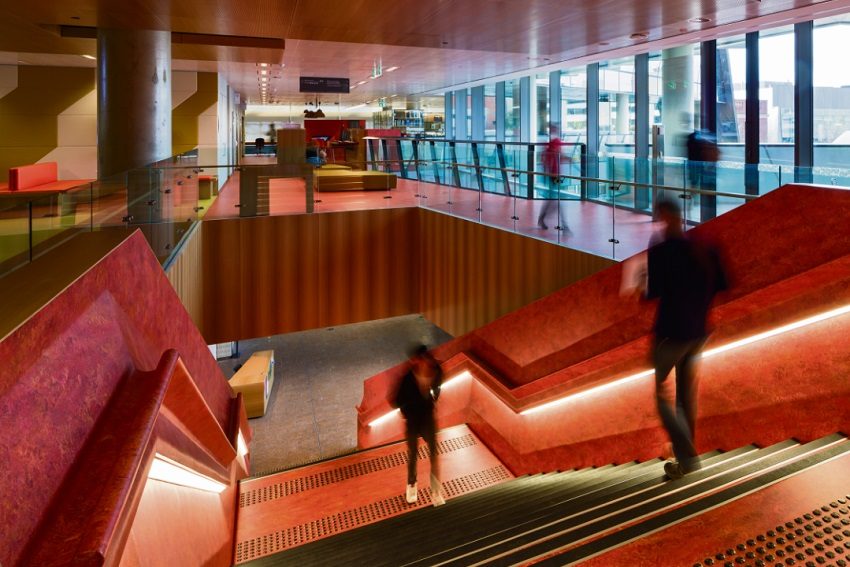Art and Architecture: The Prophets of Prosperity

The art and architecture of a city emerges from its people; directly of course by the creative practitioners but under the significant influence of others; developers, entrepreneurs, politicians, public servants, academics as well as the public and the labyrinth of systems that they all generate.
So, what does Adelaide and South Australia’s art and architecture say about us? Is this our finest work? Is this us at our best? If the answer is yes, then perhaps we’ve arrived. This is as good as it gets. But, if the answer is no, then why not? What’s holding us back? If poor outcomes are the result of poor process and not a lack of creative capability or ambition, then what might we do better?
Of course, it’s not quite that simple. Art and architecture are among many interrelated indicators of the creativity and prosperity of a city. Cities are complex systems. Complex systems have memory — the past matters and it influences the future. In complex systems, success and failure cascade; creativity begets creativity, decay begets decay. Everything is connected.
Yet, despite our best efforts, we tend to curate our cities like author Mary Shelly created Frankenstein’s Monster in her novel of almost 200 years ago – by bringing together bits and parts and expecting them to function as a synergistic whole. It’s fragmented.
Collaboration as opposed to fragmentation is holistic and cultural, not just another form of project management. It creates an ethos where people can risk innovation and throw their thoughts openly on the table. There is a mutual recognition and respect of interdependence. Collaboration forsakes the simplicity of control for the complexity of influence. It is based on genuine partnership which surpasses hierarch; activity is relational instead of transactional or job driven.
This is reinforced by the science of positive organisational psychology, which tells us that provenance is important. A positive culture and upward cycle is built when prior experience sets the foundation for future activity and when future activity builds upon and reinforces prior experiences. This requires trust, respect, compassion and a culture of mutuality and reciprocity, where individuals experience mutual giving and receiving, caring, and safety in challenging times.
How we treat each other is fundamental to the quality of what we create. Both ‘how’ and ‘what’ have an impact; immediately as well as a legacy. Which is why wellbeing is a driver of curiosity, which in turn drives creativity, that drives innovation, that drives prosperity, that drives resilience. So, it follows that one of the greatest influences of not only the quality of our art and architecture, but also our urban environments and ultimately our prosperity is our social capital — the strength of our connectedness and the quality of interaction with each other and the places we live. We will be defined by it and will not prosper without it.
It can’t be faked or feigned or forged — at least not for very long. How we treat each other and how we are prepared to be treated defines who we are.
Trish Hansen is an independent creative and strategic consultant working in the field of health, wellbeing, resilience, creative cities, public art and urban life.
Design Conversation: Art and Architecture
In collaboration with our partner the Australian Institute of Architecture, the next Design Conversation will be held at Art Gallery of South Australia’s Radford Auditorium on Wednesday, August 16, from 6pm to 8.30pm
Register via artandarchitecture17.eventbrite.com.au
Header image: John Wardle Architects in association with Phillips Pilkington Architects, Jeffrey Smart Building. (Photo: Sam Noonan)